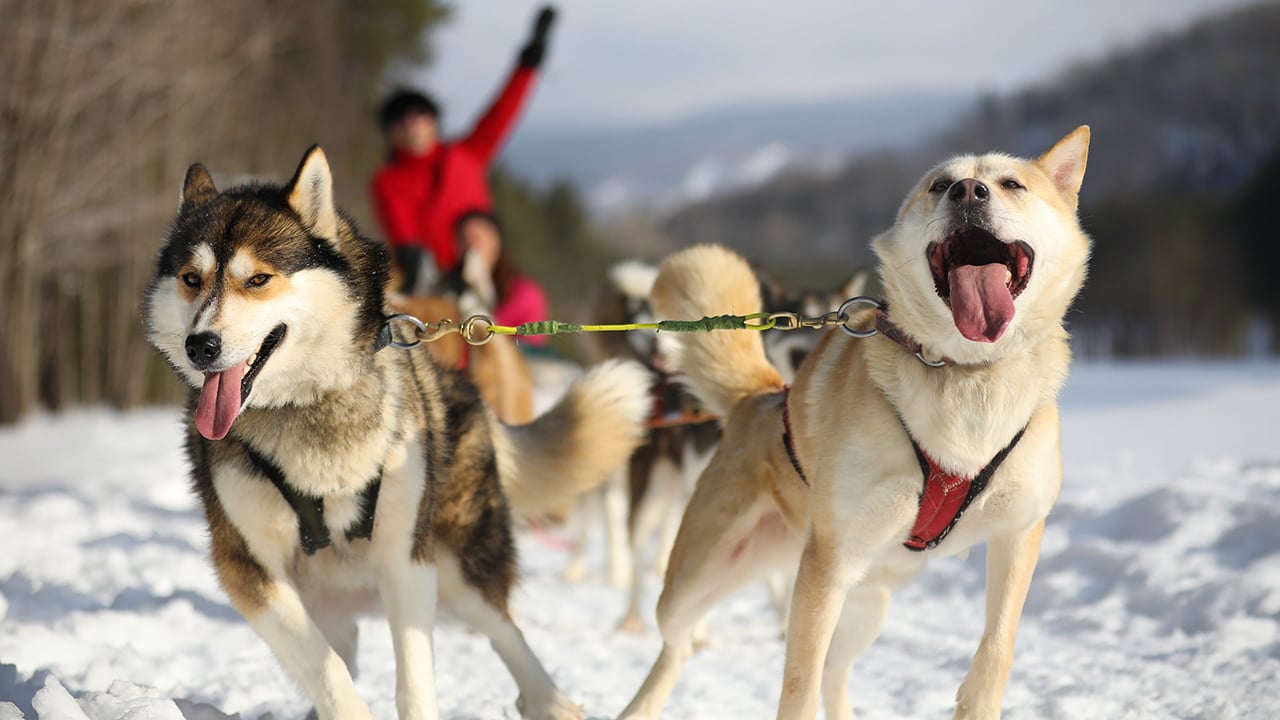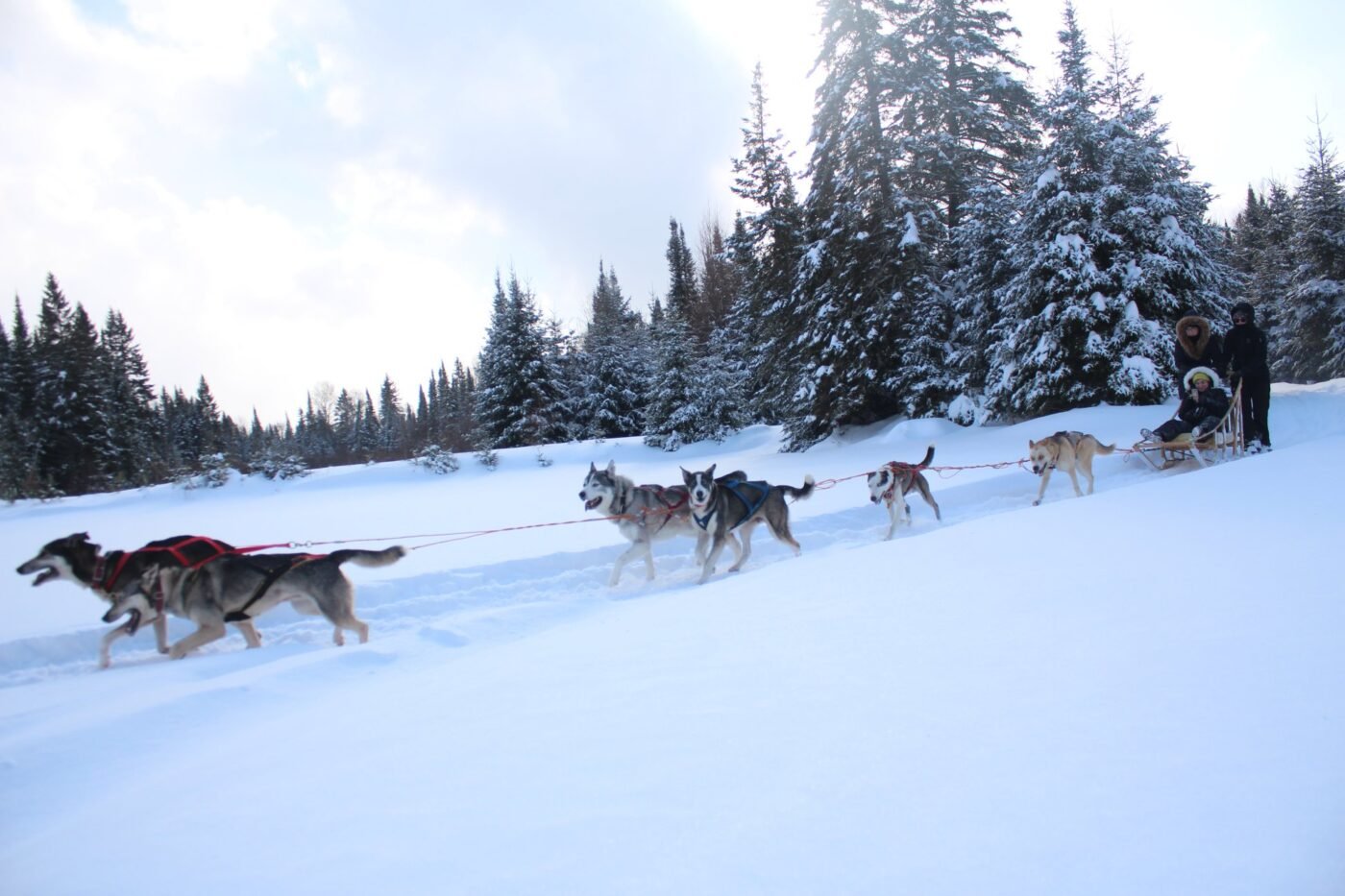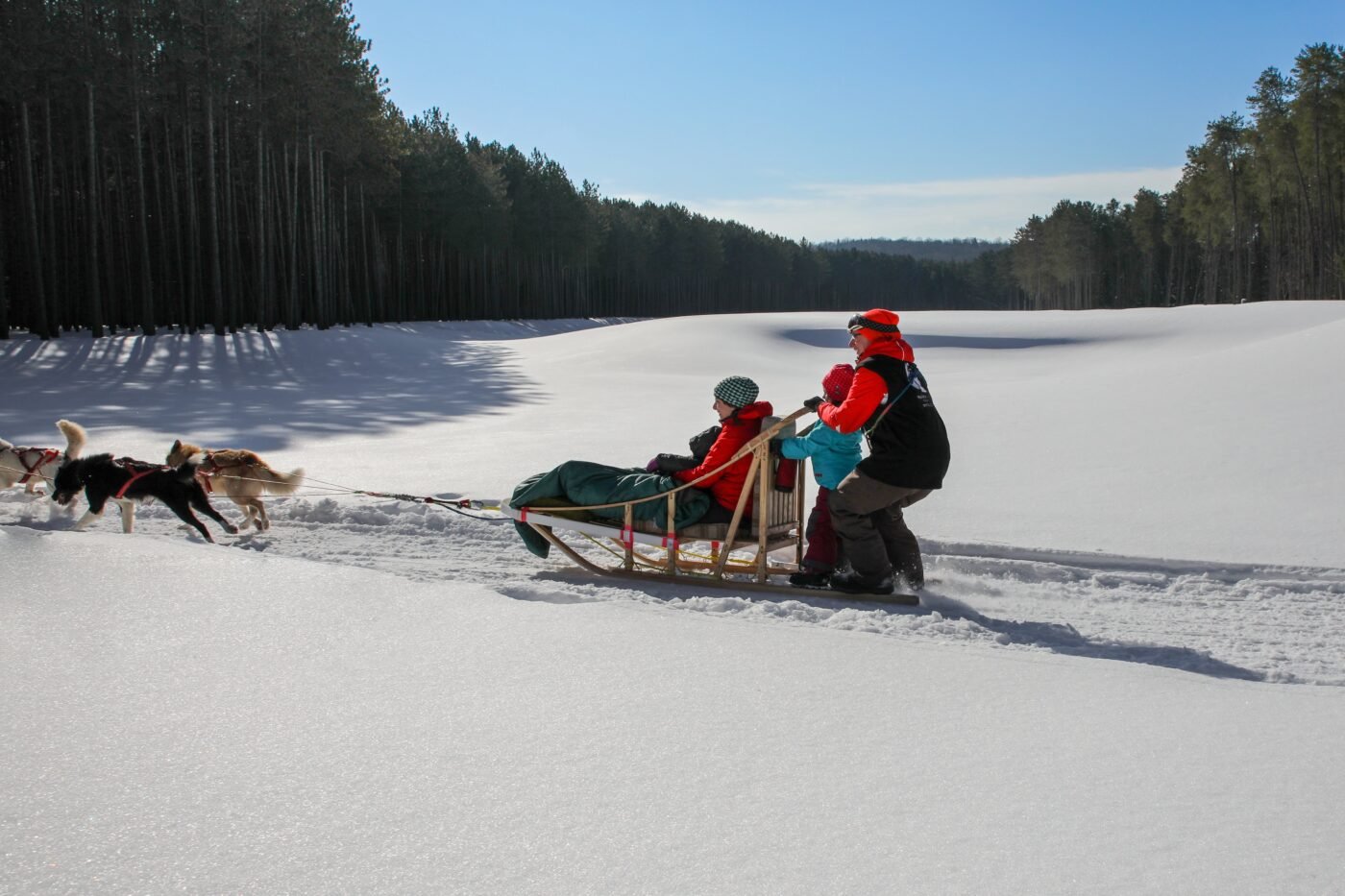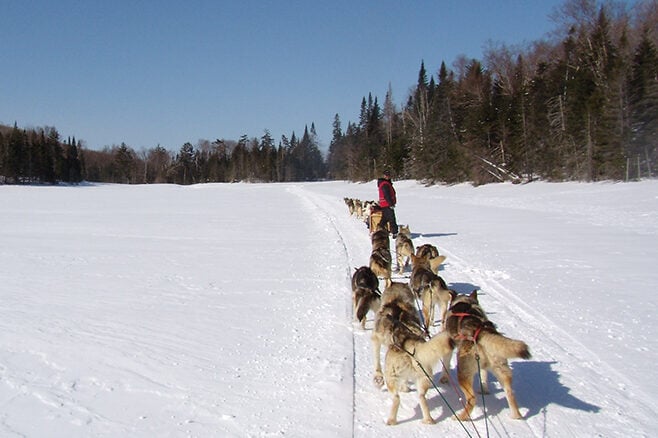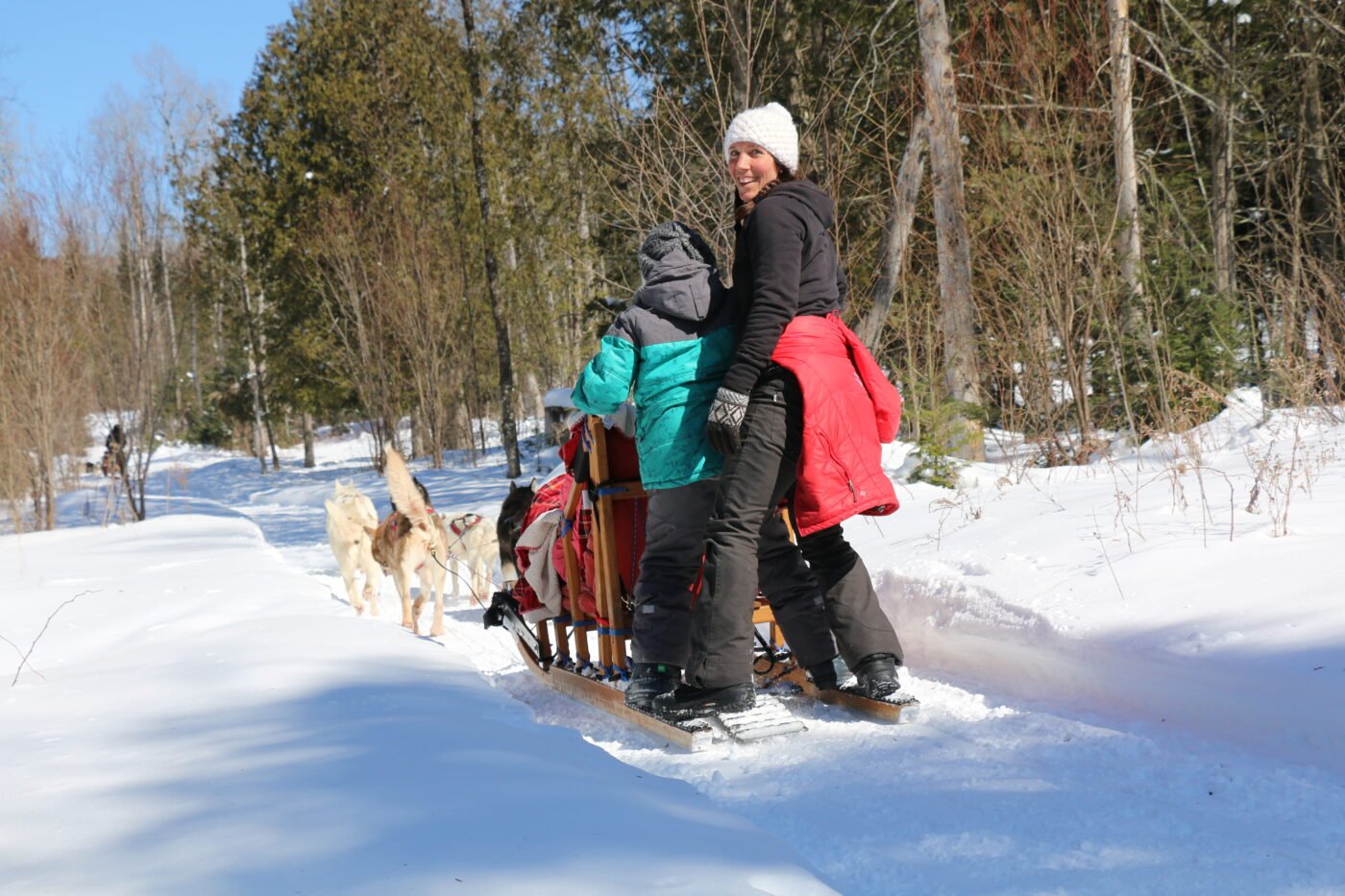Breed, conditioning, time of the year, snow conditions, teamwork, sled weight, equipment used, and musher’s expertise all play a pivotal role in determining dogsled team size.. It’s a delicate balance where the number of dogs impacts the sled’s speed, maneuverability, and pulling strength, ultimately contributing to a cohesive and exhilarating dogsledding experience.
Team Composition: Determining the Pack
The number of dogs pulling a dog sled varies depending on several factors, including the musher’s preference, the sled’s weight, terrain, and the intended purpose of the journey. Generally, dogsledding teams consist of 4 to 8 dogs for recreational or touring purposes. In competitive races or expeditions, teams might comprise 12 to 16 or more dogs for greater speed and endurance.
Pack Dynamics: Impact on Performance
The size of the dog team significantly influences the pack’s dynamics and the sled’s speed. Smaller teams offer greater maneuverability and agility, particularly in challenging terrains or tight turns. With fewer dogs, the pack might exhibit more responsiveness to the musher’s commands, enhancing control over the sled’s speed and direction.
Speed and Power: Finding the Balance
The number of dogs directly correlates with the sled’s speed and pulling power. Larger teams possess increased pulling strength, allowing for faster speeds and the ability to haul heavier loads. However, managing larger teams requires refined control and coordination, as the increased power can also impact maneuverability, especially in intricate trails or during turns.

